In a coordinated fashion, more than 18 central banks worldwide have or plan to cut interest rates, sparking a domino effect of monetary easing. It’s been 10 years since the world has seen central planners orchestrate such harmonization in an attempt to save the economy from a deep recession.
Also Read: Money and Democracy: Why You Never Get to Vote on the Most Important Part of Society
A Large Number of Central Banks Slash Interest Rates
Economists have been saying for a while now that the global economy is headed for a severe wakeup call that could be worse than 2008’s financial crisis. The news started heating up at the beginning of 2019 and more than half of U.S. economists from the National Association for Business Economics (NABE) said they believe an economic downturn is coming by 2020. Financial forecasters think in the midst of a macroeconomic storm from elections, trade wars between the U.S. and China, and a no-deal Brexit that it’s only a matter of time. Tumultuous geopolitical events have caused the world’s central banks to awaken from their slumber and start slashing interest rates. As the end of the year draws near, many central banks have started a rate cut frenzy.
Usually, when the economy is consistent and considered ‘strong,’ central banks keep interest rates higher. On the other hand, when the economy doesn’t look so hot, central banks cut rates so smaller financial institutions can borrow at a better rate. The concept is derived from Keynesian economics, the economic theory of total spending in order to stave off inflation. The goal of interest rate cuts is so the smaller hive of banks below the central banks can give the savings from better rates to consumers. However, instead of trickling down to the people, the excesses usually stay with the wealthy. While keeping the hard assets to themselves, the banking cartel also starts to lend at an alarming rate. They don’t care if individuals and organizations don’t pay up and they know they will have to deal with delinquencies and foreclosures. At the end of the day, all those issues just give the bankers another way to pillage hard assets like homes, land, boats, cars, and anything people can’t afford. Unfortunately, this cycle continues every few decades and generations who haven’t even been born yet are left with more debt.
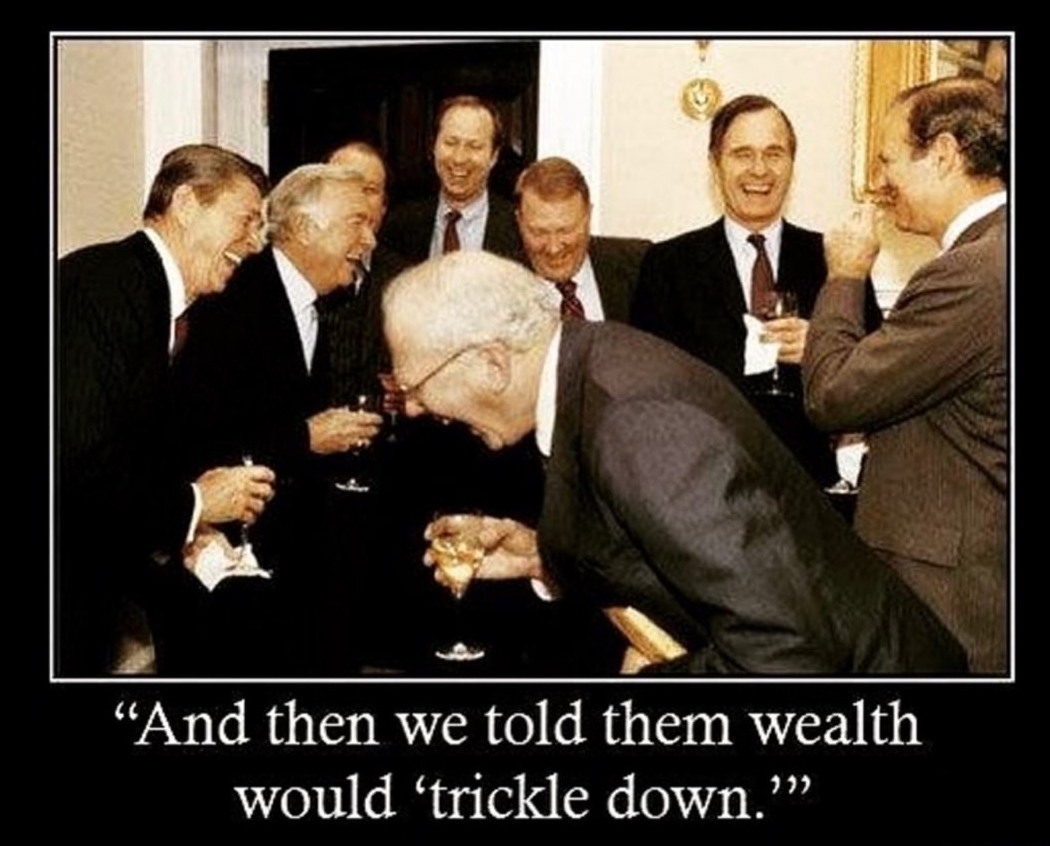
Traditionally when central banks cut rates en masse it is a warning sign that the economy is likely headed for troubling times. In the past, people have always hedged their savings by using safe haven assets like gold to escape the wrath of rapid inflation and fiat currency devaluation. Nowadays, precious metals and cryptocurrencies are both benefiting from the doom and gloom financial forecasts. The following is a look at central banks that are currently planning for monetary easing and stimulus packages or have already approved financial inducement and slashed interest rates.
Japan
The Bank of Japan (BOJ) has an accommodative stance toward monetary easing these days. In July, BOJ Governor Haruhiko Kuroda explained to the press that he was positive about keeping long-term interest rates at 0% and short-term rates to -0.1%. When negative rates were first introduced in Japan in 2016, the move was considered shocking. The following month, after the Federal Reserve cut rates this year, Deputy Governor Masayoshi Amamiya said the BOJ was also fully prepared to offer more easing. One of the central bank’s board members also mentioned that Japan’s banks might start charging fees for savings accounts as well. This September, the BOJ is considering deep negative interest rate cuts to respond to global risks facing the economy.
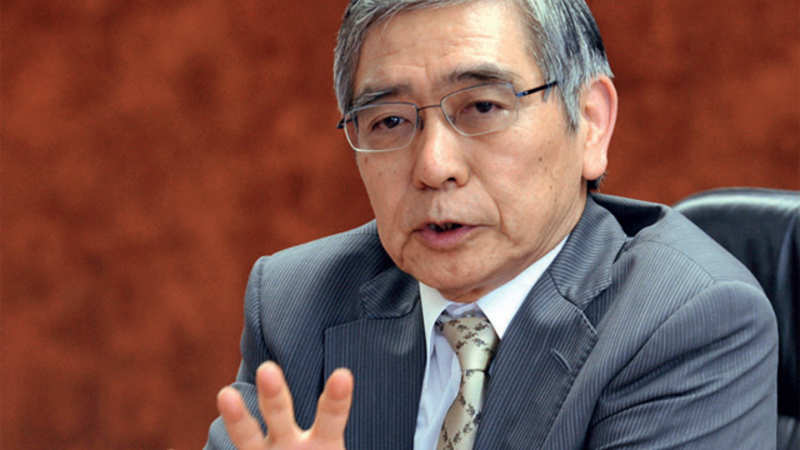
The U.S.
The Federal Reserve has already cut the U.S. interest rate by a quarter-point in July hoping to spur more lending and spending. When the Federal Open Market Committee and Fed Chair Jerome Powell sliced the rate for the first time since the 2008 financial crisis, the group noted economic “uncertainties” remain. Now reports detail that Fed officials will lower rates by another quarter-point by the end of September. U.S. President Donald Trump has encouraged the Fed to cut rates even lower. “The Federal Reserve should get our interest rates down to zero, or less, and we should then start to refinance our debt,” Trump declared on September 11 on Twitter. “Interest cost could be brought way down, while at the same time substantially lengthening the term — We have the great currency, power, and balance sheet.”
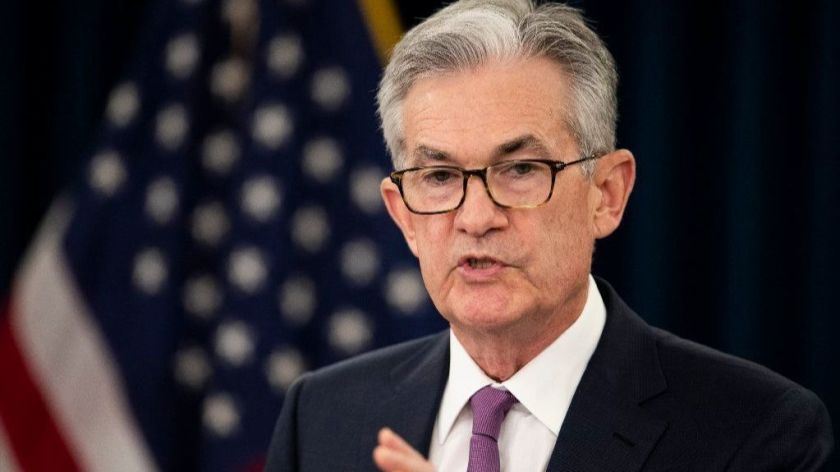
Europe
On Thursday, September 12, the European Central Bank (ECB) approved a new stimulus package and cut interest rates. Just like the BOJ and the Fed, members of the ECB are afraid of “worrisome inflation.” According to the ECB, the deposit rate dropped from -0.4% to -0.5% and this November the bank plans to begin €20 billion a month worth of bond purchases. “The Governing Council expects (bond purchases) to run for as long as necessary to reinforce the accommodative impact of its policy rates, and to end shortly before it starts raising the key ECB interest rates,” the ECB said.

China
The economy in China has been floundering according to economists and the country has also been dealing with a trade war with the U.S. China’s People’s Bank of China (PBOC) revealed on September 6 that the bank would cut its reserve requirement ratio by 50 basis points. The PBOC also announced that a few specific banks might be entitled to a ratio reduction of 100 basis points if they qualify. China’s new bank cuts will start on Monday, September 16 and the PBOC claims the cuts will provide roughly 900 billion yuan ($126.35 billion) into the Chinese economy. Like Japan, China has an accommodative stance toward monetary easing and this is the third time this year the PBOC has made changes and the seventh time since the financial crisis in 2008.
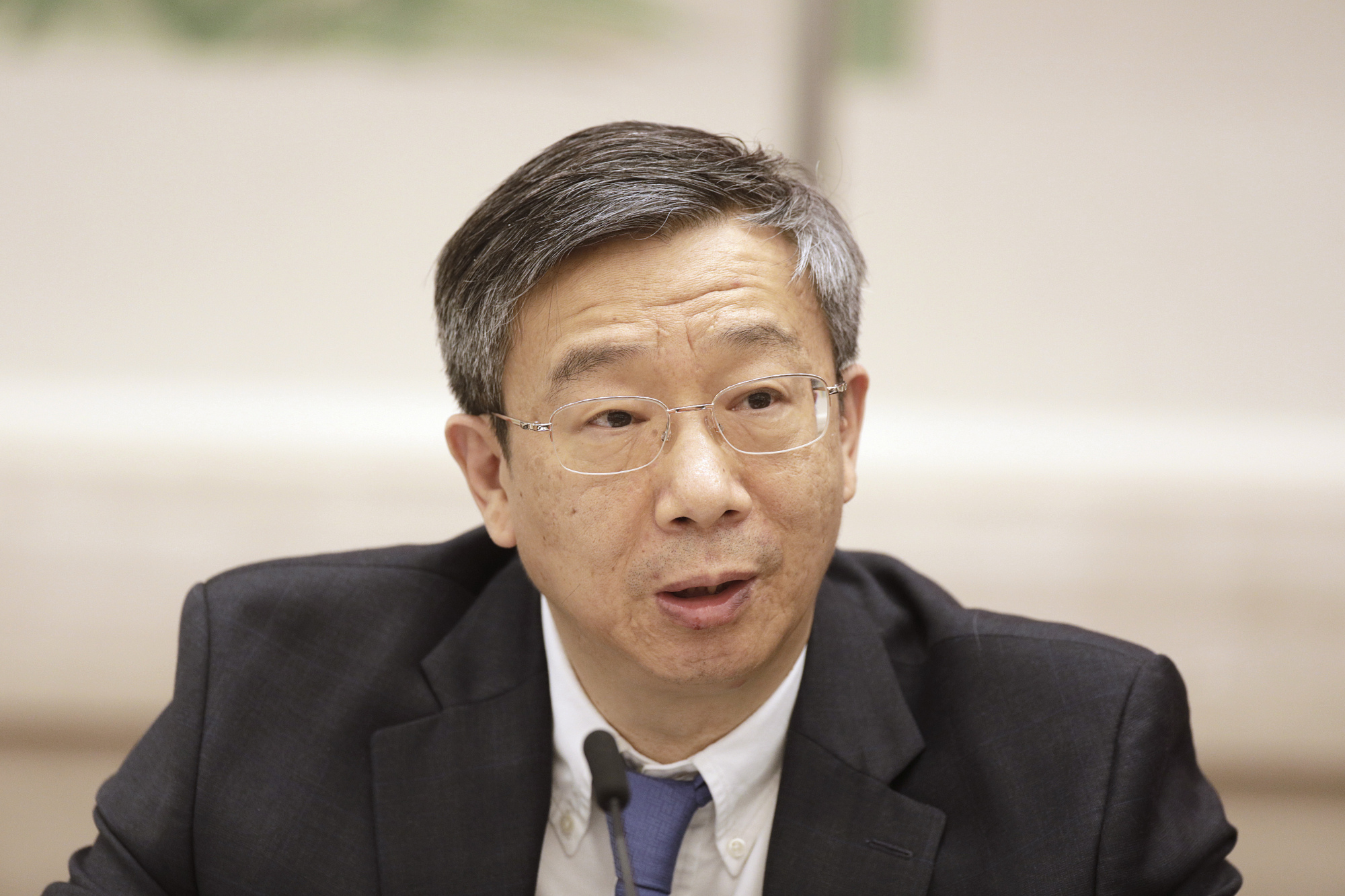
South Korea
In a surprise move in mid-July, the Bank of Korea (BOK) announced reducing the country’s benchmark interest rates. The BOK also told the press that economists predicted rapid inflation forecasts and slashed the seven-day repurchase rate from 1.75% to 1.5%. “Economic circumstances have deteriorated since April … With the rate cut, we took into account the effects of Japan’s trade restrictions,” BOK governor Lee Ju-Yeol explained during a press conference. Seoul has had conflicts with Japan and just like China and the U.S., the two countries are locked in a trade row.
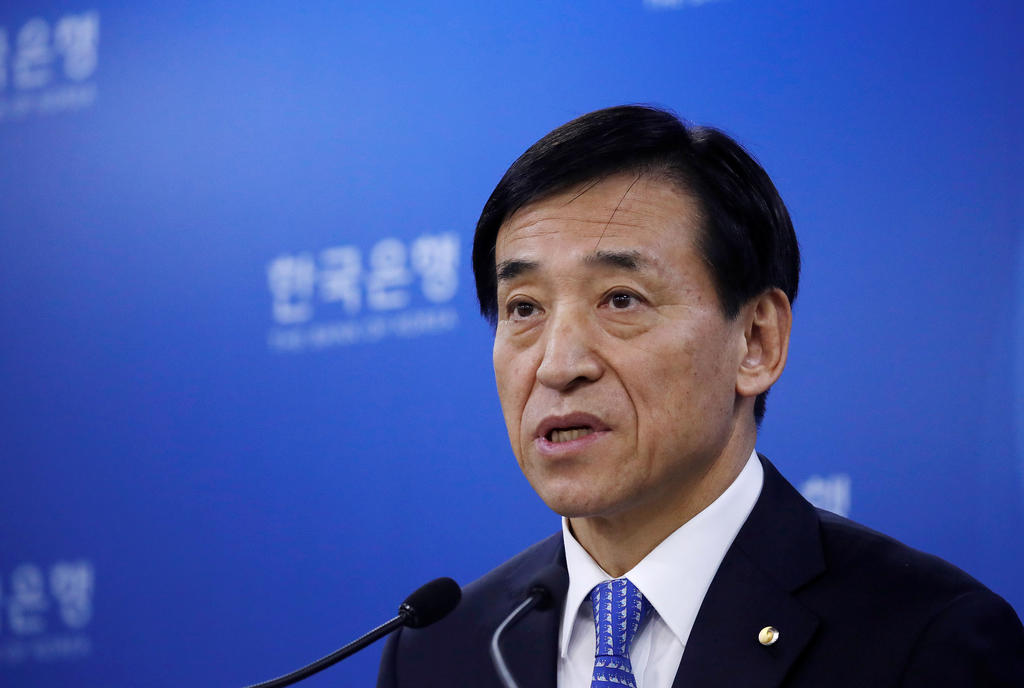
Russia
The Bank of Russia has been a friend of monetary easing and rate cuts making its third interest rate reduction on September 6. Bank of Russia Governor Elvira Nabiullina and members of the board told the public that “If the situation develops in line with the baseline forecast, the Bank of Russia will consider the necessity of a further key rate reduction at one of the upcoming board of directors’ meetings.” Russia’s benchmark rate was trimmed down to 7% from 7.25%. Russian forecasters believe the inflation rate of 4% could drop to 3% and the Minister of Economic Affairs Maxim Oreshkin believes the bank should continue easing even further.

India
In August, the Reserve Bank of India (RBI) decreased rates for the fourth time in 2019. The rate cut this summer was the largest since 2010, shaving 35 basis points, and the RBI will now lend to banks at 5.4%. Finance minister Nirmala Sitharaman stood by the rate cut and insisted that a “significant rate cut would do a lot of good for the country.” Members of the RBI and government officials plan to meet this October and the country could see further rate cuts in the near future.
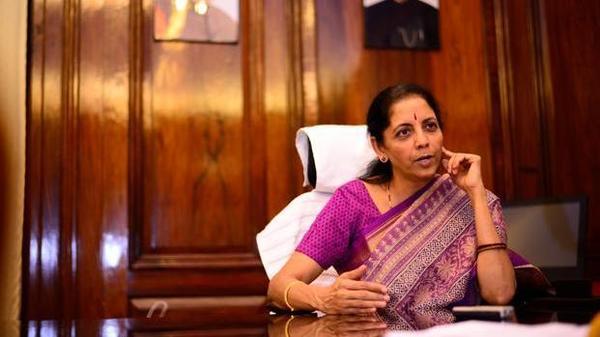
Thailand
Central bankers in Thailand are scared inflation is growing out of control and surprised the world on August 8 by cutting repurchase rates from 1.75% to 1.5%. The Bank of Thailand cited slow economic growth, trade wars, and economic uncertainty. The trade war between the U.S. and China was highlighted during the announcement. According to reports, five panel members voted for the cut and two wanted the interest rates to remain unchanged. Two weeks prior to the quarter-point cut, the seven members of the central bank committee unanimously voted to keep the rates untouched.
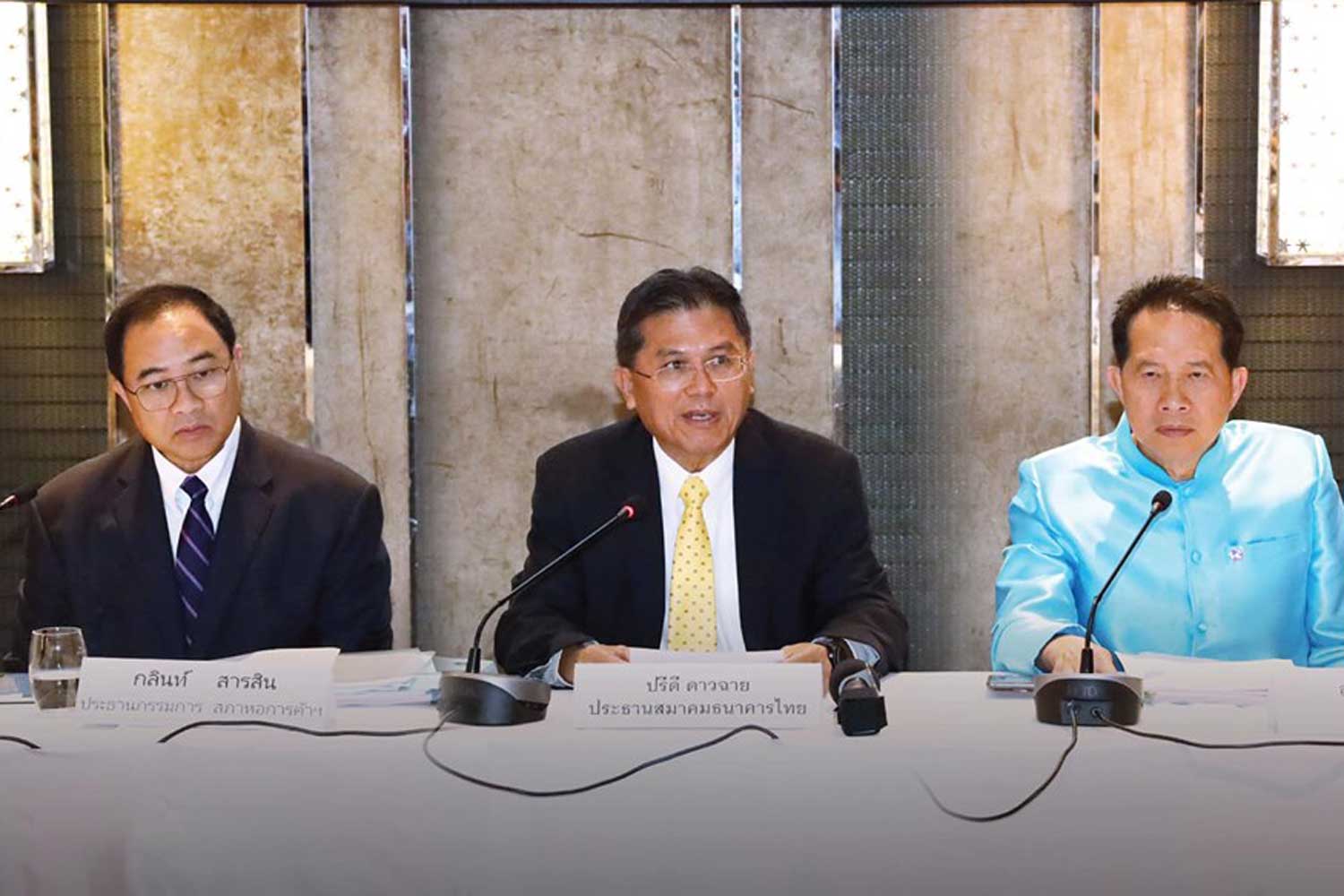
10 More Central Banks Participate in Monetary Easing
All of these banks are just the tip of the iceberg when it comes to the large number of other central banks participating in monetary easing. Other financial institutions include central banks from England, Australia, New Zealand, Brazil, Mexico Hong Kong, Indonesia, South Africa, Turkey, and the Philippines. Despite decades of poor central planning, these financial institutions retain full power over the monetary system. The people have absolutely no say in how the system is adjusted, tightened and eased.
However, as the years pass, more individuals and organizations are growing tired of the banking cartel’s practices. A great number of people have sought alternatives like cryptocurrencies so they can protect their wealth from the financial system that’s clearly rigged. Individuals who are sick of bailing the banks out and paying for their mistakes believe that at some point the scales will tip. It merely takes enough people to opt out of the monopolized monetary system. At the rate at which people are learning about a new wave of monetary innovation, at some point there will be a mass exodus whether banks and governments like it or not.
If you are interested in joining the counter-economy and purchasing digital assets like bitcoin cash, you can check out buy.Bitcoin.com, local.Bitcoin.com, and exchange.Bitcoin.com.
What do you think about the cascade of central banks unveiling rate cuts and monetary easing methods? Do you think the central banks know what they are doing when it comes to monetary policy? Let us know what you think about this subject in the comments section below.
Image credits: Shutterstock, Pixabay, Kim Hong-Ji, Wiki Commons, Fair Use, and Qilai Shen.
Do you need a reliable bitcoin mobile wallet to send, receive, and store your coins? Download one for free from us and then head to our Purchase Bitcoin page where you can quickly buy bitcoin with a credit card.
The post At Least 19 Central Banks Give Way to Monetary Easing As Economy Slows appeared first on Bitcoin News.
Powered by WPeMatico
